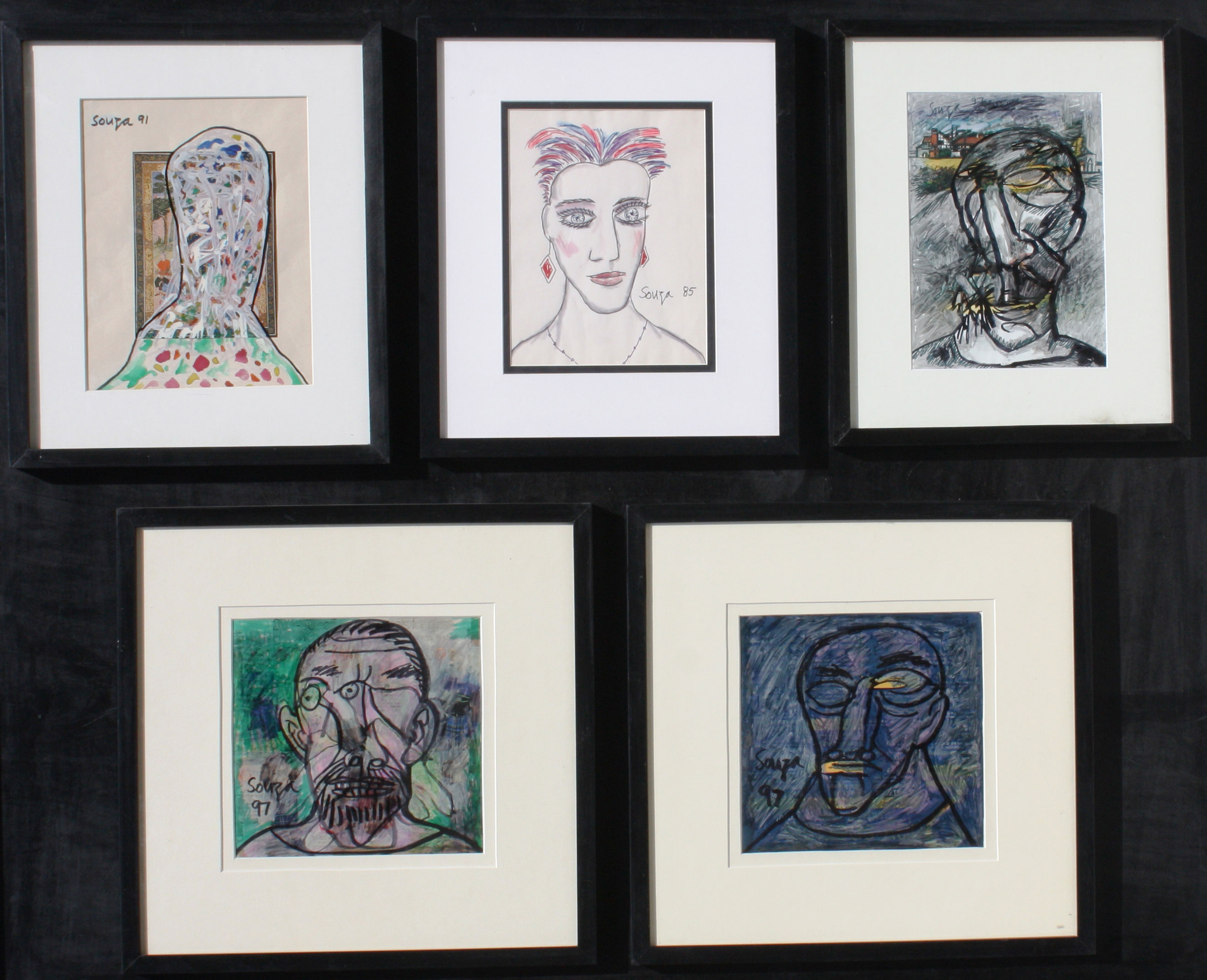Untitled
fn souza
Medium: Mix media on paper
Size:
Year:
Ref. No: F N S 109
Sold
ENQUIRE NOW
About The Artist
Born 1924, Saligaon, Goa, India. He completed his Diploma in Painting from Sir J.J. School of Art, Mumbai. In 1942, Souza was expelled from the J.J. School of Art for partaking in the ‘Quit India’ movement. As one of the co-founders of the Progressive Artists' Group in 1947, along with M.F. Husain, Raza, Ara and others, Souza led the edge of the Indian modernist art movement. He is widely recognised as a leading modernist and was the only Indian artist to be included in Tate Modern’s group exhibition on 20th Century Modernism in 2002. An iconoclast known for his powerful imagery, F. N. Souza unrestrained and graphic style created much controversy in his life and work replicas de relojes de lujo suizos. His repertoire of subjects covers still life, landscape, nudes and icons of Christianity, rendered boldly in a frenzied distortion of form. Souza's paintings express defiance and impatience with convention and the banality of everyday life. Souza’s works have reflected the influence of various schools of art: the folk art of his native Goa, the full-blooded paintings of the Renaissance, the religious fervor of the Catholic Church, the landscapes of 18th and 19th century Europe and the path-breaking work of the cubists. A recurrent theme in his work is the sexual tensions and friction within the male and female relationship and their ensuing conflicts. In drawings, Souza uses line with economy but captures fine detail in his forms; or uses a profusion of crosshatched strokes that make up the overall structure of his subject He left for London in 1949, making his mark on the European art scene and rose to fame with his 1955 one-man show at Gallery One, London – the same year his autobiographical essay ‘Nirvana of a Maggot’ was published. Souza exhibited internationally during his lifetime, solo and group shows include the Institute of Contemporary Arts, London (1954); Venice Biennale (1954); Guggenheim Museum, USA (1958); Whitechapel Art Gallery, London (1958); Tate Gallery (1968); Museum of Modern Art, Sao Paulo/Rio de Janeiro (1961); Guggenheim Foundation, USA (1967); Museum of Modern Art, Oxford, UK (1982); Royal Academy of Art, London (1982); Hirschhorn Museum, Washington D.C (1982); Retrospectives include India House, London (1951, organised by Mr. V.K. Krishna Menon, then High Commissioner), and National Gallery of Modern Art, New Delhi.
